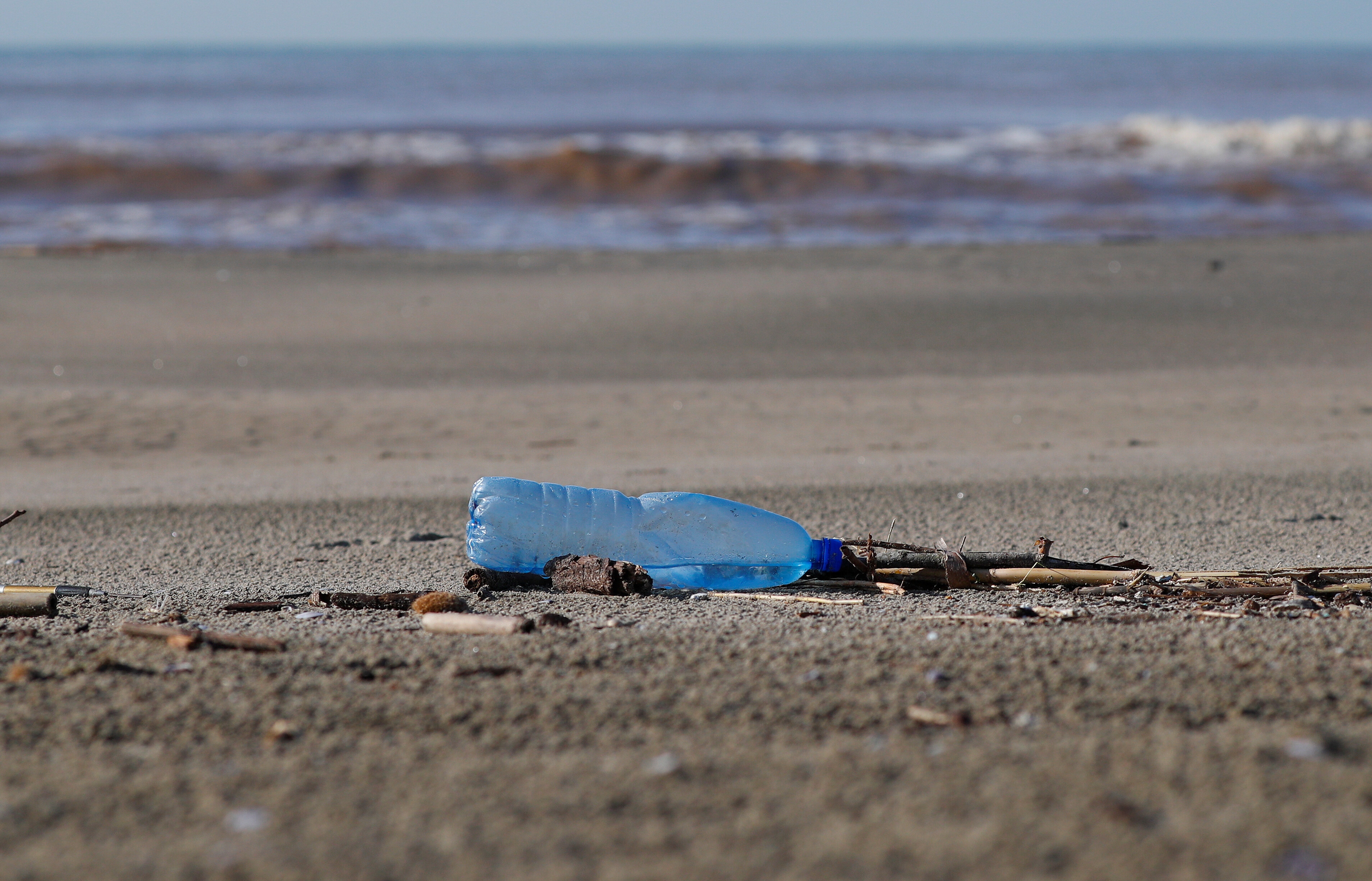Miami, New York City, and San Francisco could flood every day by 2100
The coastal US could experience weekly flooding from ever-higher high tides in just a few years.
Image: REUTERS/Lucas Jackson
Stay up to date:
Future of the Environment
Flooding from ever-higher high tides may become a weekly reality for parts of the coastal US by the middle of this century, and a daily occurrence for major coastline cities by 2100, according to a reportpublished this week by the US National Oceanic and Atmospheric Administration.
And that’s under a relatively conservative sea-level rise scenario. The report looked only at heightening high tides, and didn’t take into account less predictable, more abrupt events, like a potential ice sheet collapse at one of the poles.
Right now, coastal communities are mostly designed to withstand the periodic rise in sea levels that come from the daily tides in their regions, with high tide being the highest “normal” level the sea reaches, and low tide the lowest. As sea-level rise drives up the height of those high tides, communities experience flooding.
Unless, of course, they make major adjustments to infrastructure. Miami, which now regularly floods during high tides, has already sunk more than $100 million into raising a few roads and installing pumps. And all signs point to that being not nearly enough—including this NOAA report, which says Miami could experience floods with every high tide by the end of the century. That means the most vulnerable parts of the city could flood daily.
Parts of New York City and San Francisco are also projected to flood every day by 2100 under an “intermediate” sea-level rise scenario—3 feet (1 meter) of sea-level rise and, among the three cities, “the annual number of high tide flood days is projected to increase fastest at New York City.”
Three feet of rise by 2100 is considered roughly the consensus estimateunder conditions where humanity fails to rapidly draw down greenhouse gas emissions. However, that estimate—backed by the the UN’s climate change body—does not incorporate the possibility that large parts of the Antarctic ice sheet could become disintegrate into the sea. Other reports that include ice-sheet collapse have put the figure much higher.
Still, even under a very optimistic sea-level rise future—what the report calls its “intermediate low” scenario of 1.5 feet (0.5 meters) by 2100—NOAA says high-tide flooding will occur at least every other day (182 days or more per year) “within the Northeast and Southeast Atlantic, the Eastern and Western Gulf, and the Pacific Islands.”
The NOAA report also looked backwards, at flood data for tide gauges in 99 locations across US coasts (excluding Alaska). Over the past few decades, one-third of those locations showed the number of high-tide floods accelerating. Another third of the gauges showed high-tide flooding increasing steadily, by a similar rate each year.
That means in two-thirds of coastal communities in the US, sea-level rise is already making flooding more frequent.
Most of the locations where floods are increasing fastest were clustered along the Southeast and Northeast Atlantic coasts, but coastal areas in the Gulf of Mexico and the Northwest and Southwest Pacific coasts were on the list, too.
“The numbers are staggering,” William Sweet, a NOAA oceanographer, told NPR prior to the report’s release. “Today’s storm will be tomorrow’s high tide.”
He told NPR that storm surges like the ones which made headlines for flooding the East Coast of the US earlier this month would simply become part of the natural daily tide cycle.
“That will be a high tide at some point in the future, whether that’s two or three decades or eight decades,” he said. “We’ll see, but it’s coming.”
Don't miss any update on this topic
Create a free account and access your personalized content collection with our latest publications and analyses.
License and Republishing
World Economic Forum articles may be republished in accordance with the Creative Commons Attribution-NonCommercial-NoDerivatives 4.0 International Public License, and in accordance with our Terms of Use.
The views expressed in this article are those of the author alone and not the World Economic Forum.
Related topics:
Forum Stories newsletter
Bringing you weekly curated insights and analysis on the global issues that matter.
More on Nature and BiodiversitySee all
Pedro Gomez and Clemence Schmid
August 6, 2025
Tom Crowfoot
August 5, 2025
Hu Xiangdong and Felipe Carazo
August 1, 2025
Andrea Willige
July 30, 2025



